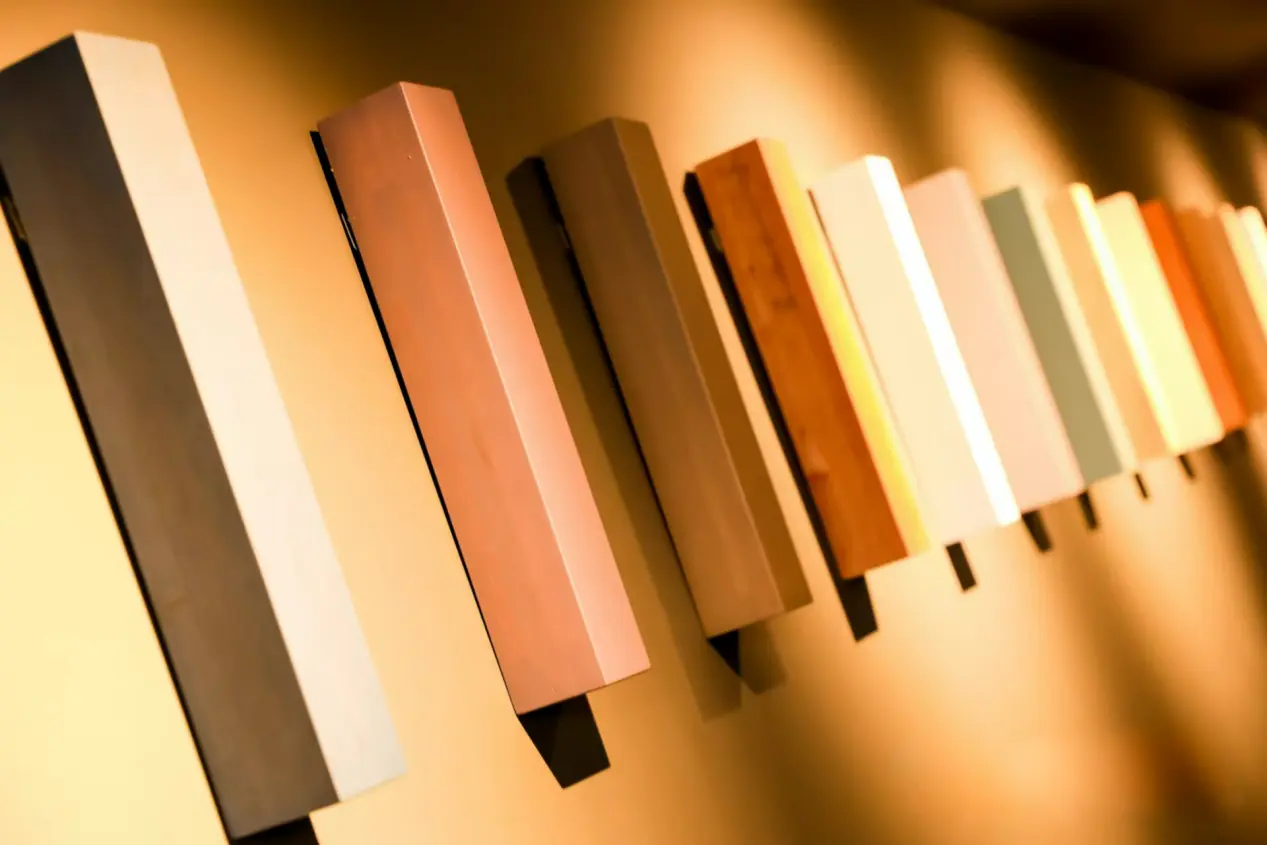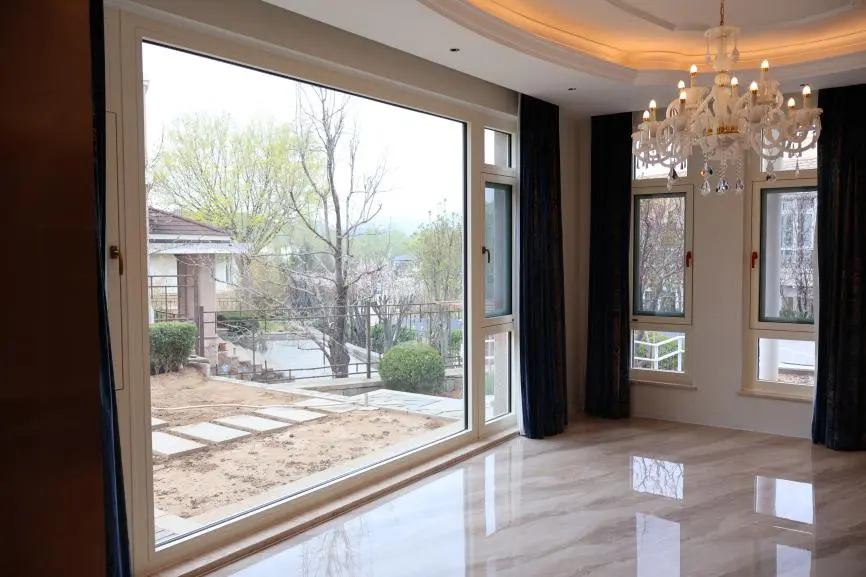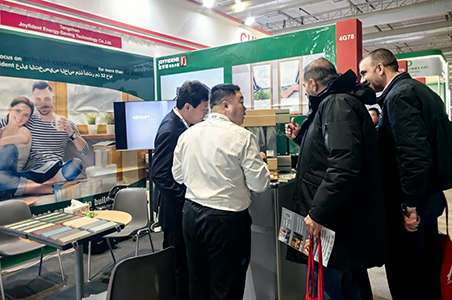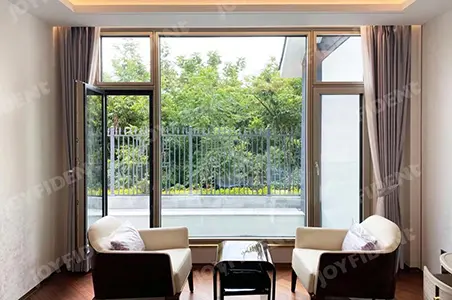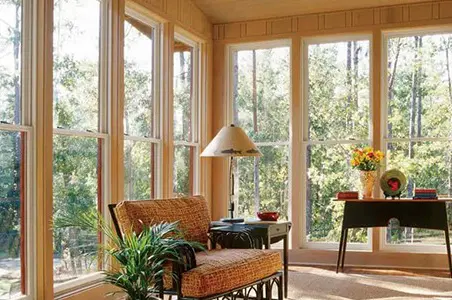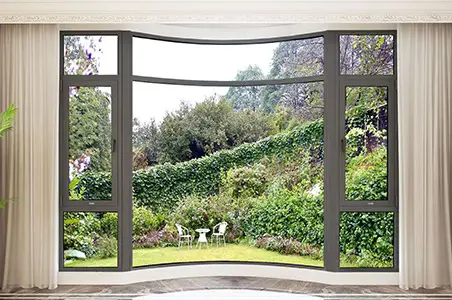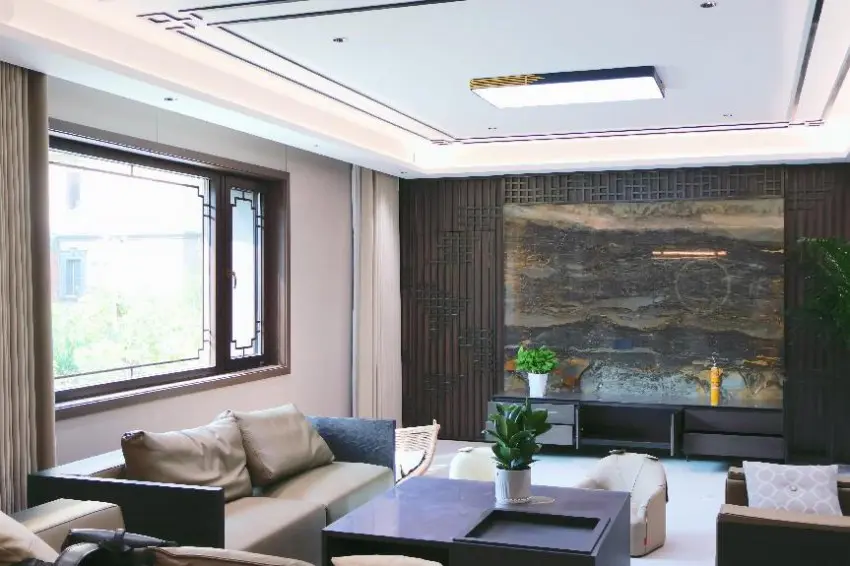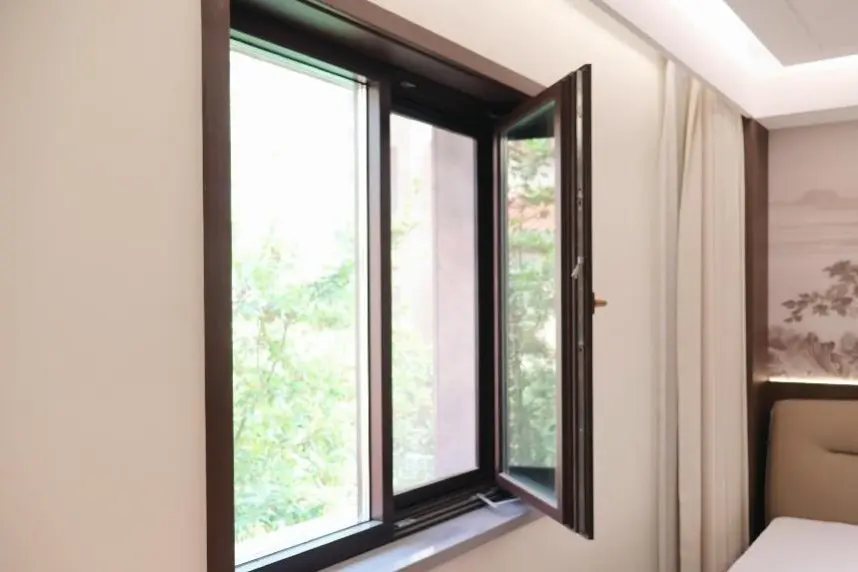Aluminum Clad Wood Window Structure, Performance and Selection guide
1. Structure and Design Features
Aluminum clad wood windows adopt a composite structure of "outer aluminum and inner wood", with solid wood as the frame substrate, wrapped with broken bridge aluminum alloy profiles on the outer layer, and equipped with multi-layer insulated tempered glass (including inert gas filling).
Outer aluminum material: waterproof, moisture-proof, anti-aging, resistant to sunlight and rain, improving the overall strength, and adapting to the style of building facade.
Inner layer wood: High quality wood such as Nordic red pine and larch are often used, which are dried (moisture content ≤ 12%) and sprayed with environmentally friendly paint to retain the natural wood grain texture and blend with the interior decoration style.
Connection process: Aluminum wood composite is achieved through polymer nylon parts or special structures to enhance sealing and stability.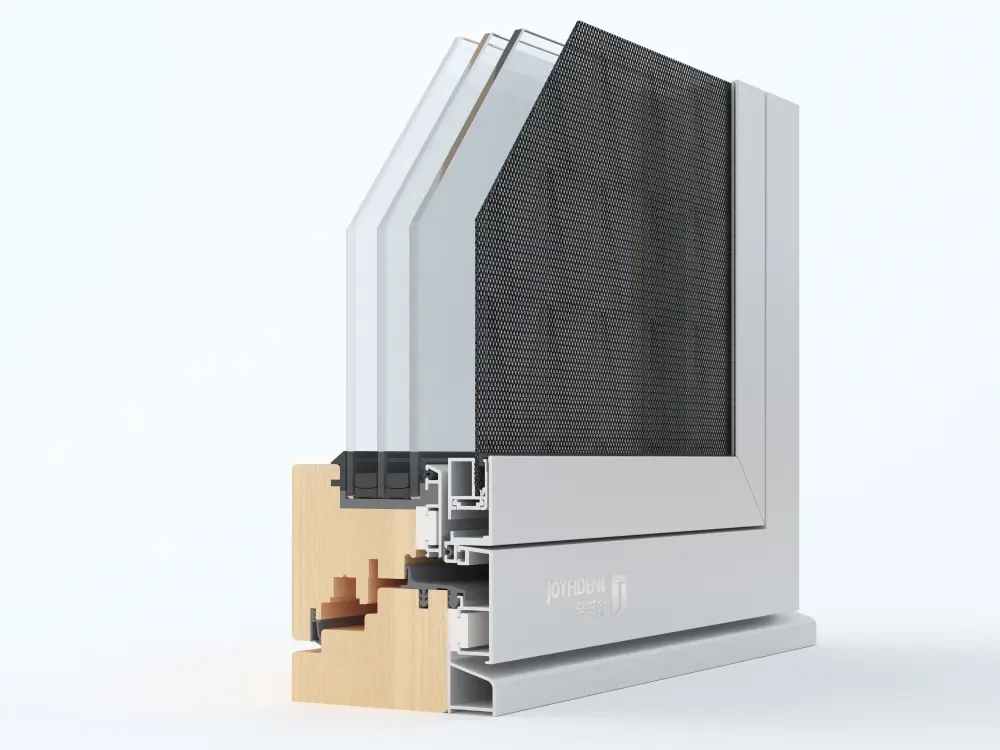
2. Core performance advantages
Thermal insulation
The thermal conductivity of wood (1.3) is much lower than that of aluminum alloy (3.0) and plastic steel (2.2). Combined with the broken bridge aluminum insulation structure, energy consumption is reduced by more than 30%, and the adaptability to indoor temperature differences in winter and summer is stronger.
The composite structure blocks the cold and hot bridge effect, effectively reducing the problem of condensation water, which is particularly prominent in cold northern regions.
Sound insulation and noise reduction
Multi layer insulated glass (partially with adhesive layer) can isolate noise above 35 decibels, and with a sealing strip design, it can also maintain indoor quietness in street facing residential buildings.
Durability and Environmental Protection
Wood is renewable, with processing energy consumption only 1/20 of aluminum alloy, meeting green building standards; The outer aluminum material is resistant to wind and sand, corrosion, and has a service life of over 30 years.
Wood forms a carbonized layer after combustion, which has better flame retardant performance than plastic steel windows and higher safety.
Sealed and resistant to wind and sand
Composite structure combined with multiple sealing strips, with a wind pressure rating of 9 or above, can effectively block sand and dust invasion in areas prone to sandstorms.
3. Applicable scenarios and purchasing suggestions
Applicable scenarios
High end residences, villas, and street facing buildings with strict requirements for sound insulation/thermal insulation.
Extreme climate regions (such as dry and cold, humid and rainy).
Key points for purchasing
Profile thickness: The thickness of the main frame should not be less than 60mm to ensure structural stability.
Hardware accessories: Select imported brands and test the smoothness and load-bearing capacity of opening and closing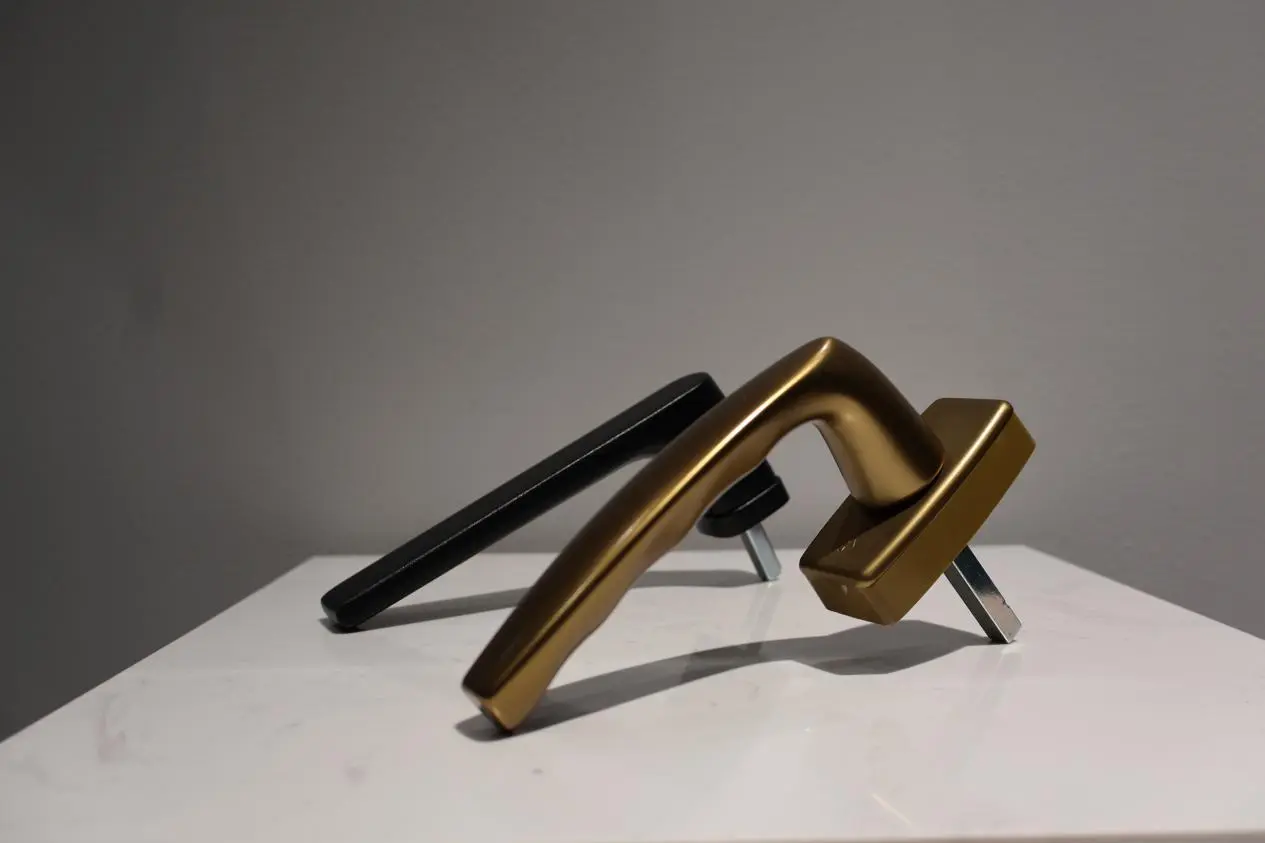
Sealing verification: Check the joint between the glass pressure strip and the wood pressure strip, and the gap should be ≤ 0.5mm.
Certification Mark: Check the FSC certification for wood and the weather resistance test report for aluminum alloy coating.
4. Market Trends
Aluminum clad wood windows, with their balance of performance and aesthetics, have gradually replaced traditional bridge cut aluminum windows and become the mainstream choice in the mid to high end market.






